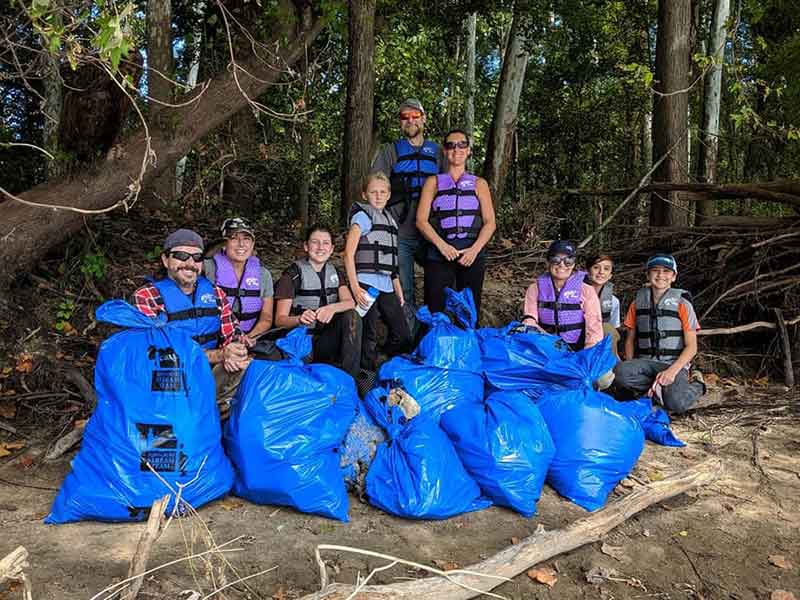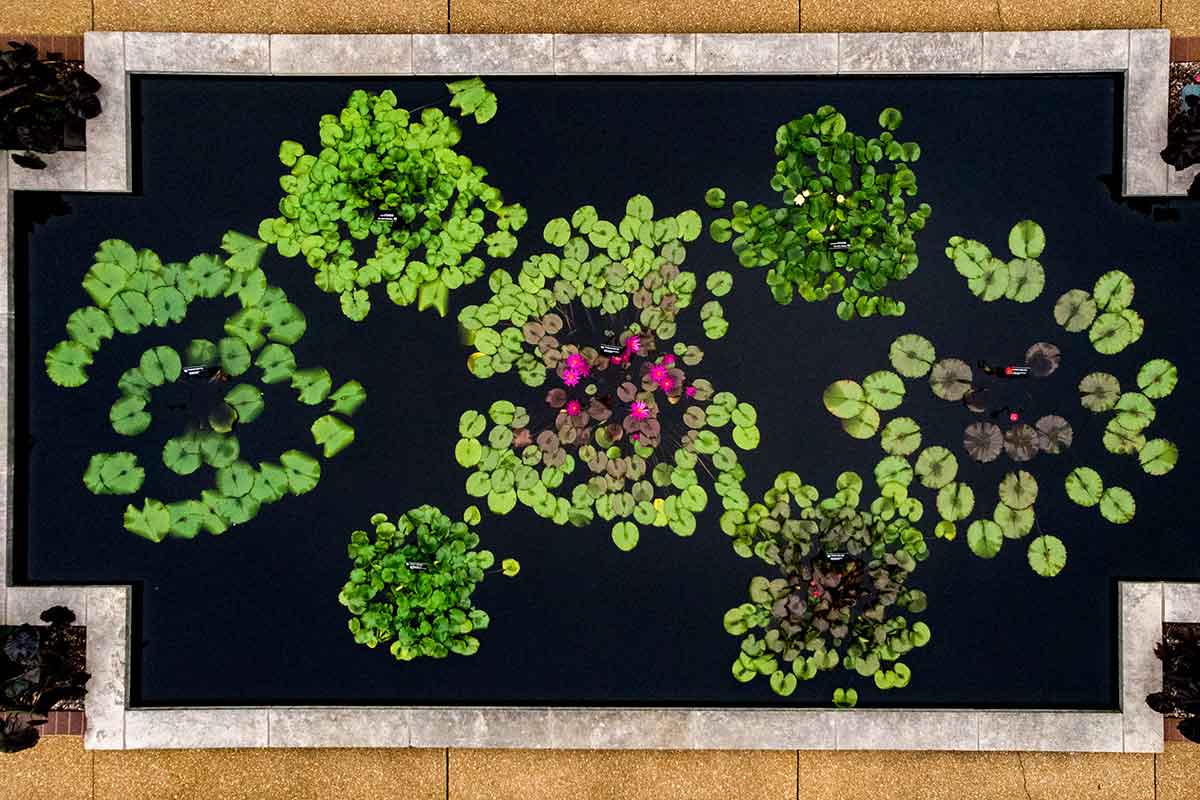For about three hours, the River des Peres was saltier than the ocean. Danelle Haake couldn’t believe the data she was getting.
Upstream of where the St. Louis river turns into its infamous trapezoidal concrete gutter, the section looked like a friendly neighborhood stream. In 2018 Danelle was managing a citizen science program that monitored chloride pollution in St. Louis-area streams. Even for St. Louis, which has a road salt pollution problem, this wasn’t normal. At 860 parts per million (ppm), invertebrate freshwater life becomes immediately threatened. Ocean water, for context, has a salt content of 20,000 ppm. The River des Peres was measuring 27,000 ppm—or 31 times the toxic limit.
Recently, there had been major water main breaks in the area. At first, Danelle wondered if road crews had been compensating by dumping road salt to prevent the water from freezing. Then she zoomed in on the area in Google Earth, and just upstream of the measurement, she found what looked like an uncovered road salt pile in a parking lot, with a white trail leading from it down the watershed. It had rained recently.
The data Danelle collects isn’t normally this extreme, but it’s a big part of why she does what she does. A PhD student studying road salt pollution at St. Louis University, Danelle boils down our winter salt use to a simple maxim: “Maybe we can stay home now and then.”
Road salt is used to keep highways, streets, and sidewalks ice-free after winter storms, but it can also choke out wildlife, corrode bridges and automobiles, and pollute groundwater wells. Since 2012, Danelle and a group of Stream Team volunteers have repeatedly measured 59 different sites in St. Louis-area waterways. Nearly three-fourths of them consistently measure above acceptable rates of chloride pollution, and more than half cross the threshold into the 860 ppm “acute toxicity thresholds” referenced earlier.
Danelle is quick to point out that
citizen science does not quite have the methodology to make hard conclusions, but a quick glance at a map of her data leaves impressions. Namely, it is clear that the branch of the River des Peres in University City has some of the highest chloride readings in the region, as does a site on Brentwood’s Black Creek, directly downstream from the Galleria.
So Danelle put her results to another test. She compared data from six St. Louis County municipalities, three of which use road salt in the winter and three of which use brine, a salt-and-water solution applied to surfaces before a storm. “If you see white lines on roads or interstates, that’s a truck spraying brine or ‘anti-ice liquid,’ ” she says. “It’s not great, but it’s better.”
She found municipalities using brine reduced the amount of chloride running into streams by 45 percent. If the data collected by Danelle’s citizen science team proves accurate, that reduction would bring most of the worst offending areas under the acute toxicity level if they exchanged road salt for a salt-and-water solution. Whether you’re concerned about nature or the axles under your car, brine might be the road salt of the future.
Photo // Missouri Department of Transportation
Related Posts
Picking Up a River
Missouri River Relief helps keep the waterway clean.
Water Lily Wonders
History blooms on the water at Missouri Botanical Garden.
Book Review: Great River City
A new coffee table book looks beneath the surface of St. Louis’s river history



